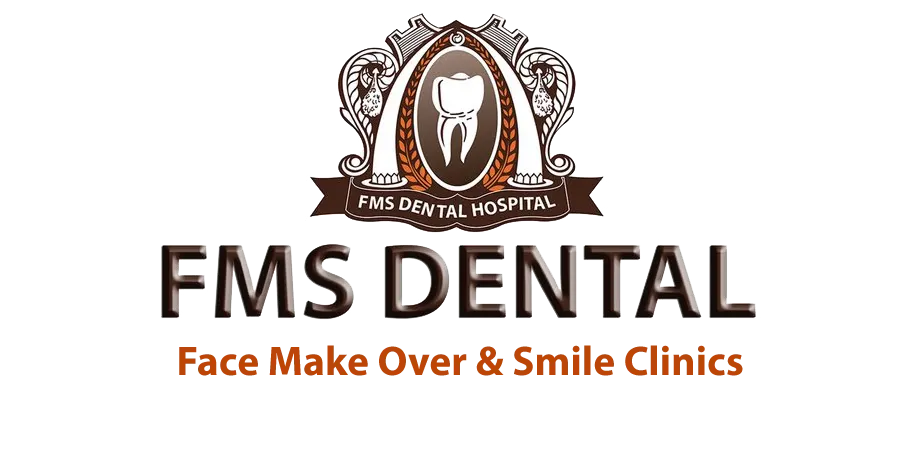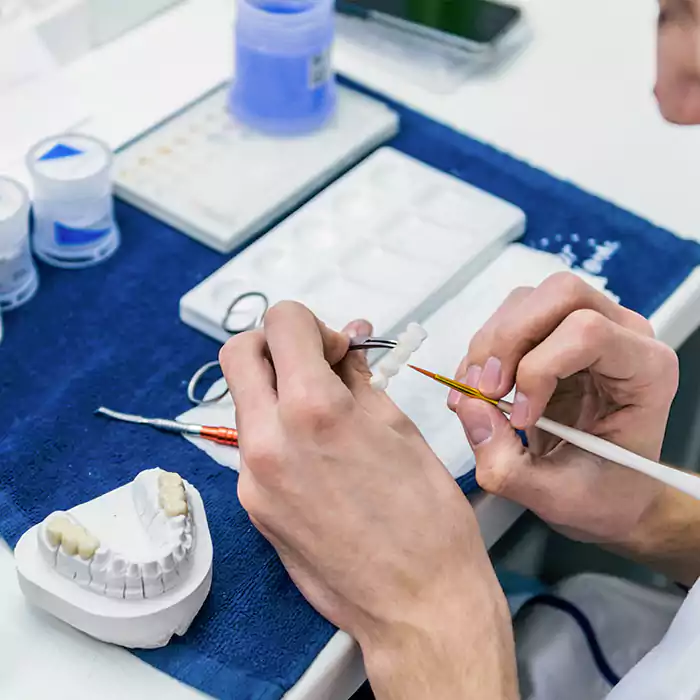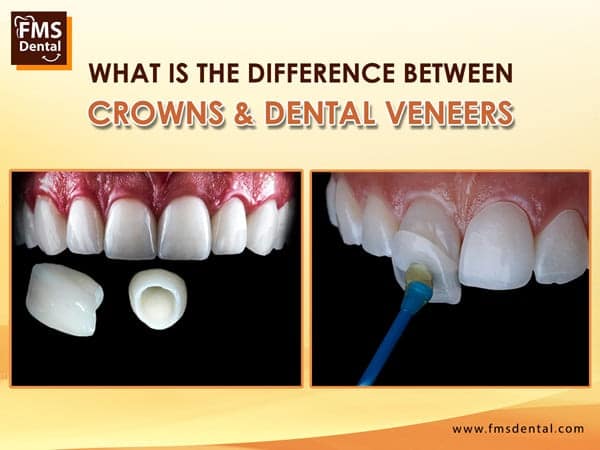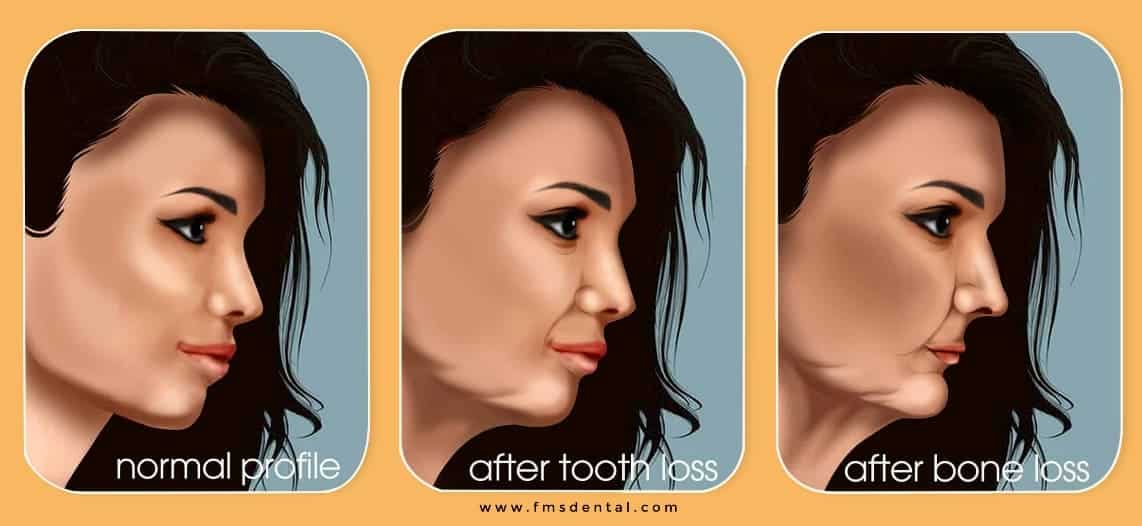Dental technicians who work with implants also benefit from training and work in crowns and bridges. A huge portion of their job, like most DLTs, is fabricating teeth to replace missing or damaged teeth. They’re unique, though, for creating teeth that don’t bind to neighboring teeth. Rather, as you’ve probably gathered, their fabrications are inserted surgically with an implant anchor. It’s like a prosthetic root, interfacing with the bone of the jaw or skull. This requires attention not just to the shape of the tooth and its neighbors, but also a patient’s bone structure.







